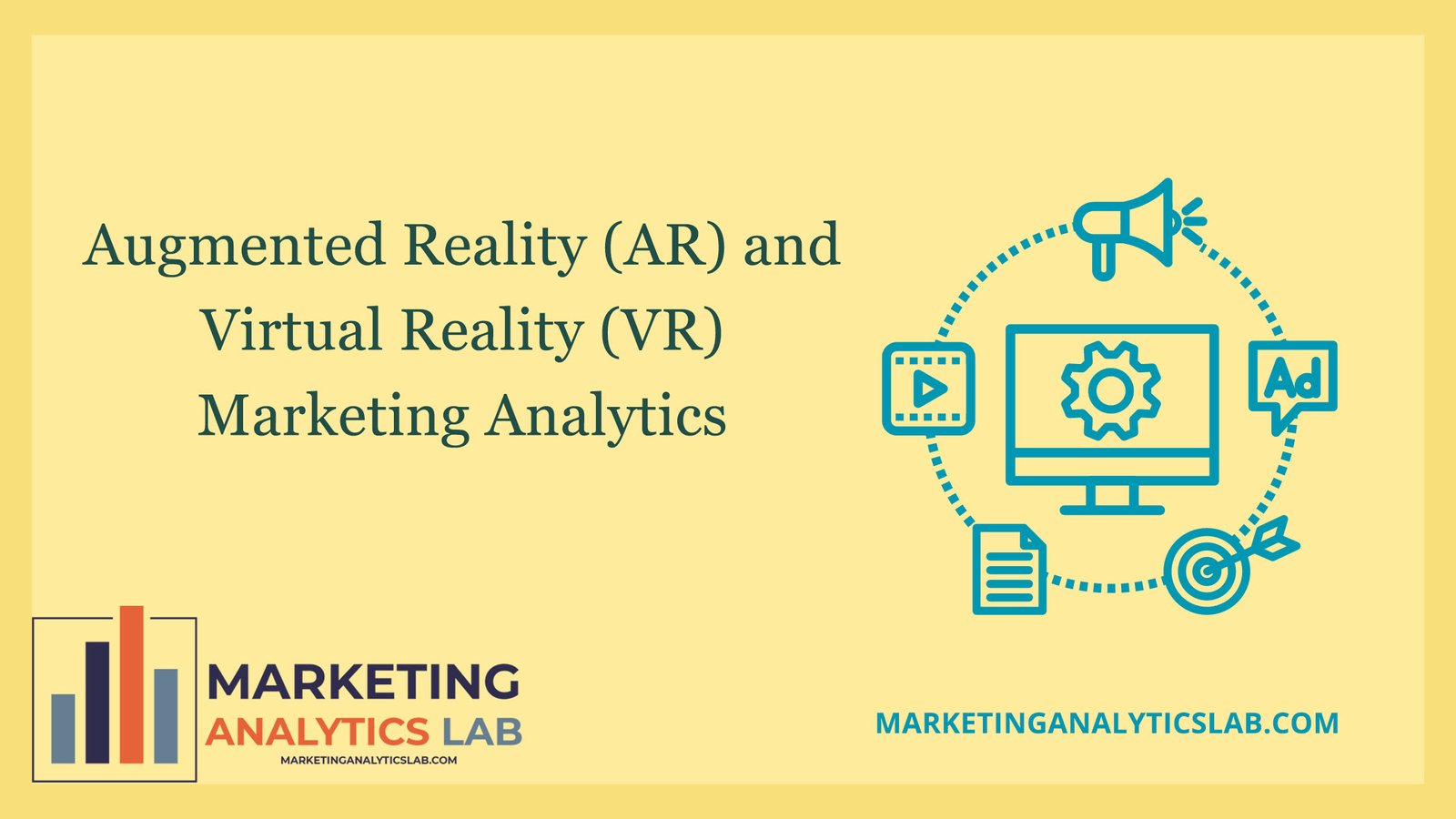Introduction
In recent years, Augmented Reality (AR) and Virtual Reality (VR) have emerged as transformative technologies that are reshaping the marketing landscape. As businesses strive to enhance consumer engagement, AR and VR offer immersive experiences that not only captivate users but also generate rich data for analysis. This article delves into the role of AR and VR in marketing analytics, exploring how these technologies enhance data collection, consumer insights, and campaign effectiveness.
Understanding AR and VR in Marketing
What is Augmented Reality (AR)?
AR overlays digital information onto the real world, enhancing the user’s perception of their environment. Examples include mobile applications that allow users to visualize products in their own space before making a purchase, such as IKEA’s app that lets users see how furniture would look in their homes.
What is Virtual Reality (VR)?
VR creates a completely immersive digital environment that replaces the user’s real-world surroundings. Through VR headsets, consumers can explore virtual stores, attend events, or experience products in simulated settings. Brands like Nike and Samsung have utilized VR to create interactive brand experiences that resonate with consumers.
The Importance of Analytics in AR and VR Marketing
Data Collection
AR and VR applications provide a wealth of data that can be analyzed to understand consumer behavior. This data includes:
- User Engagement: Metrics such as time spent in an AR/VR environment, interactions with virtual objects, and completion of experiences offer insights into user engagement levels.
- Consumer Preferences: By tracking how users interact with products (e.g., trying on virtual clothing), brands can gather data on preferences and trends.
- Demographic Insights: AR and VR can capture demographic information based on user profiles, helping marketers tailor campaigns to specific audiences.
Real-time Feedback
AR and VR allow for real-time feedback mechanisms that can be integrated into marketing strategies. For instance, users can provide feedback on their experiences through surveys or interactive prompts, offering valuable insights that can inform product development and marketing strategies.
Enhancing Consumer Insights
Behavioral Analytics
AR and VR technologies provide deep insights into consumer behavior. By analyzing how users navigate virtual spaces or engage with AR features, marketers can identify patterns and preferences that guide future campaigns. This data can help brands optimize user experiences by refining content, interfaces, and product offerings.
Emotional Analytics
The immersive nature of AR and VR can elicit emotional responses from users. By employing biometric measures (e.g., heart rate, facial expression analysis), brands can gauge emotional engagement and tailor their marketing strategies accordingly. Understanding the emotional impact of experiences can enhance brand loyalty and consumer connection.
Campaign Effectiveness Measurement
Performance Metrics
The effectiveness of AR and VR marketing campaigns can be measured using various metrics, including:
- Conversion Rates: Tracking the percentage of users who make a purchase after engaging with an AR or VR experience can indicate the effectiveness of these technologies in driving sales.
- Customer Retention: Analyzing repeat engagement levels can help assess whether AR and VR experiences foster long-term relationships with customers.
- Brand Awareness: Surveys and social media analytics can measure the impact of AR and VR campaigns on brand awareness and perception.
A/B Testing
AR and VR provide opportunities for A/B testing, allowing marketers to experiment with different experiences and content. By comparing user interactions across variations, brands can identify the most effective approaches and continuously improve their marketing strategies.
Challenges in AR and VR Marketing Analytics
While AR and VR offer significant advantages for marketing analytics, there are challenges to consider:
- Data Privacy: With increased data collection comes the responsibility of managing consumer privacy. Marketers must ensure compliance with data protection regulations and build trust with consumers.
- Technology Adoption: Not all consumers have access to AR and VR technologies, potentially limiting the reach of marketing campaigns. Brands need to balance immersive experiences with traditional marketing strategies to maximize impact.
- Integration with Existing Analytics Tools: Incorporating AR and VR data into existing marketing analytics platforms can be complex. Businesses must invest in tools that can aggregate and analyze data from multiple sources.
Future Trends in AR and VR Marketing Analytics
As AR and VR technologies continue to evolve, several trends are shaping their role in marketing analytics:
- Artificial Intelligence Integration: AI can enhance AR and VR experiences by personalizing content and automating data analysis, leading to more effective marketing strategies.
- Enhanced Interactivity: Future AR and VR applications will likely feature increased interactivity, allowing users to engage in more meaningful ways. This will yield richer data for analysis.
- Cross-channel Marketing: As AR and VR technologies become more mainstream, marketers will need to create integrated campaigns that leverage multiple channels, blending online and offline experiences.
Conclusion
AR and VR marketing analytics represent a powerful frontier in consumer engagement and data analysis. By harnessing these immersive technologies, brands can create memorable experiences that drive consumer insights and improve campaign effectiveness. As AR and VR continue to advance, the importance of analytics will only grow, helping marketers understand their audiences and deliver tailored experiences that resonate in an increasingly digital world. Embracing these innovations will be crucial for brands looking to stay ahead in a competitive landscape.

